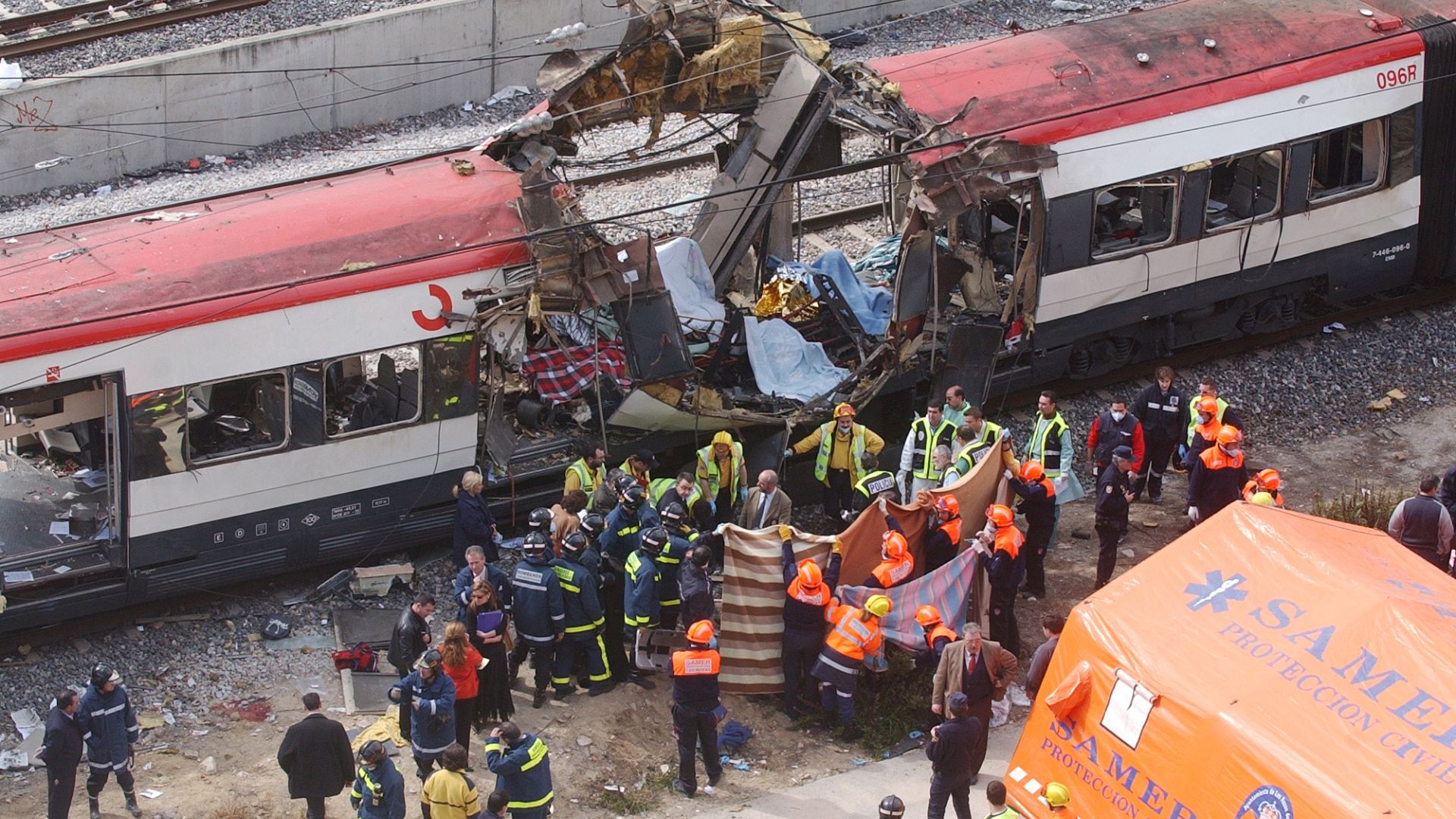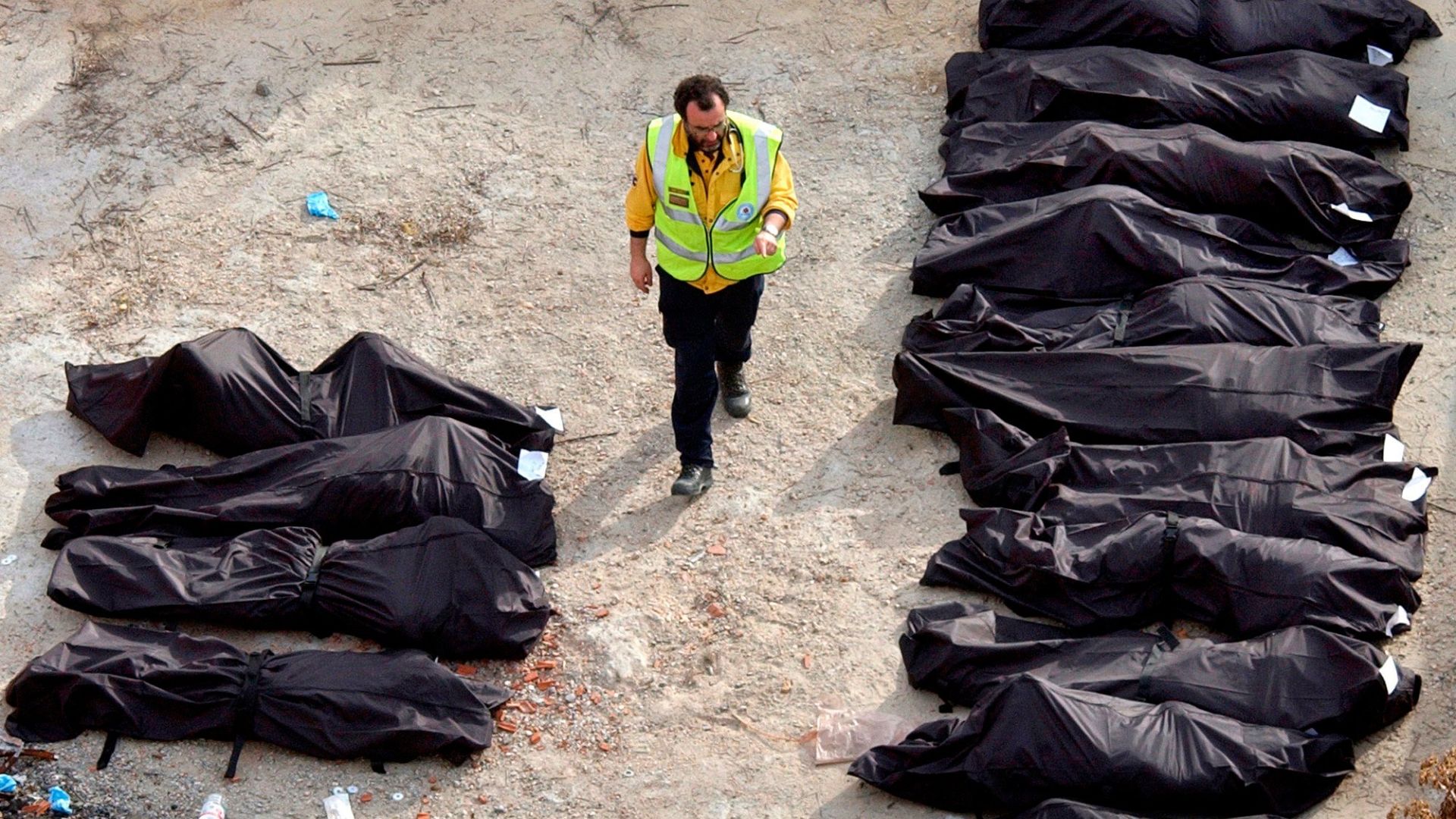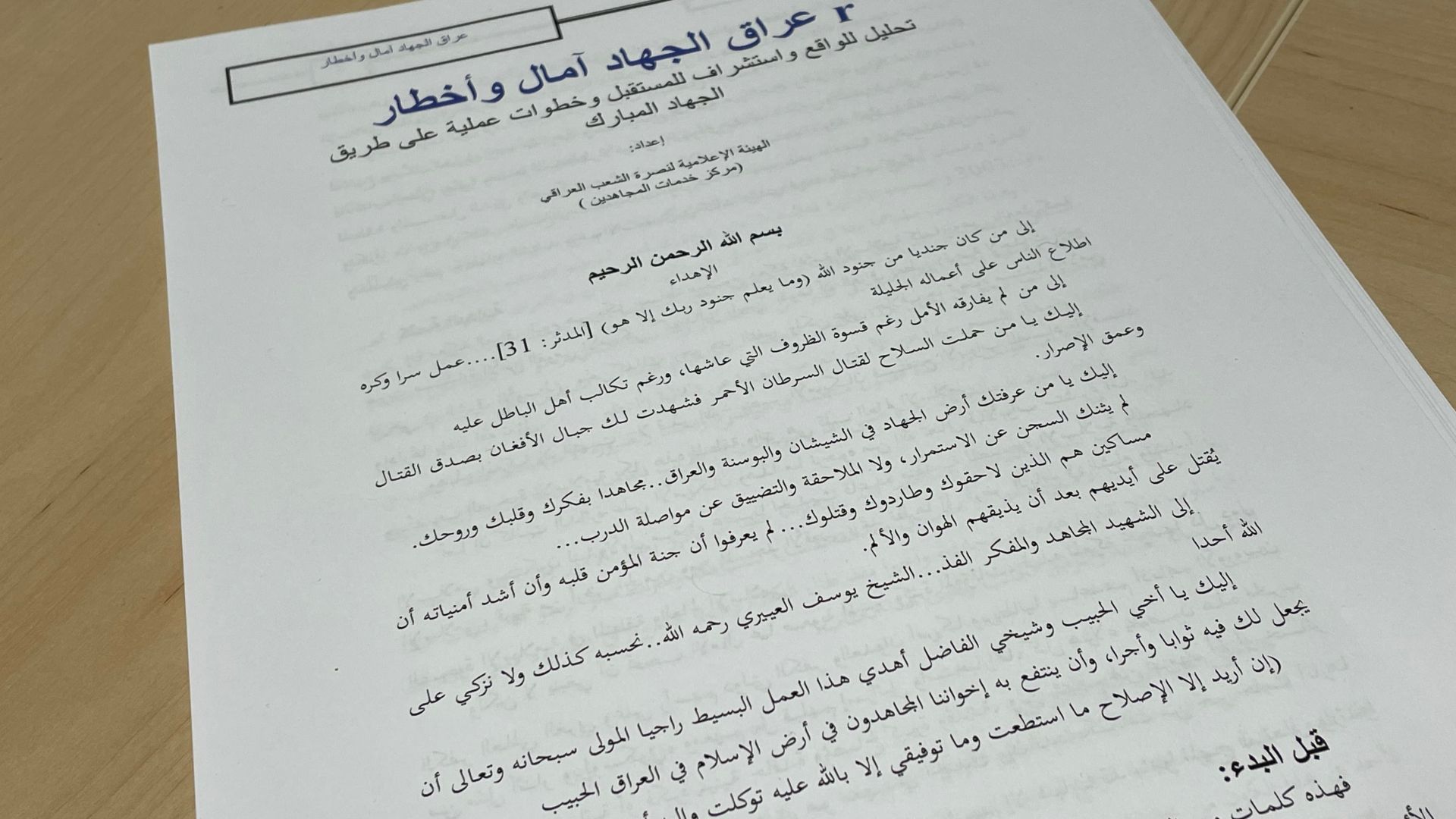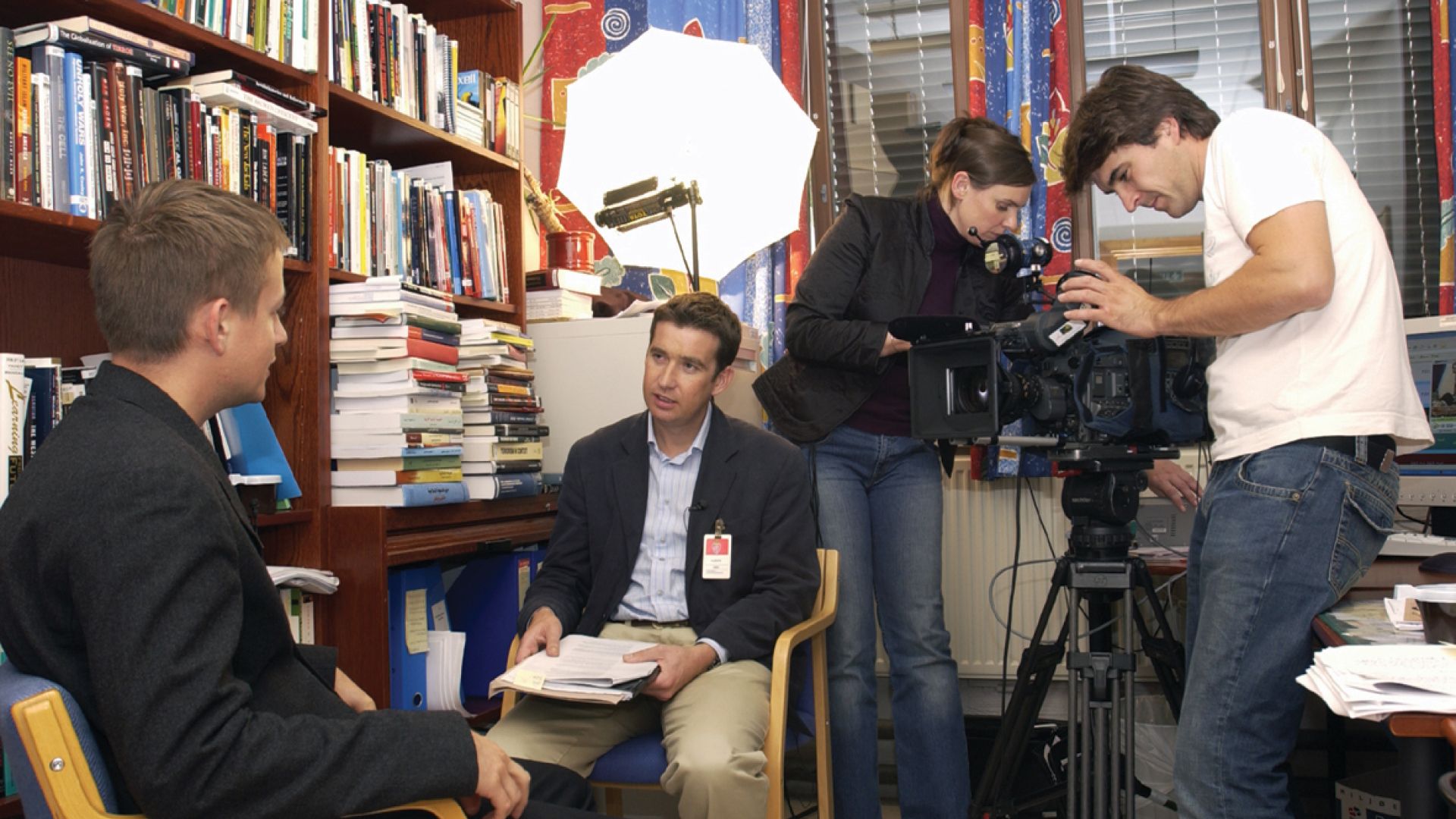How does a terrorist think? What is the driving force for a foreign fighter? Since 1999, a small group of FFI researchers have been asking themselves these questions. Their work is world renowned in the field of terrorism studies.
The date is 11 March 2004. Images of body bags and twisted train wreckage in Madrid are broadcast. Terrorism has impacted Europe once again. An attack that will turn out to be the largest since the second world war in terms of number of victims. New updates continue to roll in. During the initial hours, there is speculation about who is behind the attack.
“I remember that we were discussing the attack at work. Initially, I also thought it could be ETA that was behind it, because there was no information to indicate it was a suicide attack”, explains Brynjar Lia.
“At the same time, we were puzzled by the scope. It was strange that ETA would suddenly carry out such a massive and deadly attack. They did not have a history of operating in this manner.
At the time, historian and Middle East expert Lia had been working as a terrorism researcher at FFI for five years. That afternoon, he was on the go, on his way to a meeting in Bergen.
Lia remembers having read something about an attack against Spain on a Jihadist Internet forum a few months earlier. Before Lia departs, he asks FFI colleague Thomas Hegghammer to carefully read the document and translate the most important parts to see if there might be any connection to the events in Spain.
Urged attacks against Spain
At the time, in 2004, extremist groups had to a greater extent begun to use the Internet to disseminate ideology, propaganda and instructions. The document Hegghammer had sat down to read was uploaded on Global Islamic Media in December 2003. This was a forum that, at the time, existed on the web service Yahoo Message Boards.
When Hegghammer began reading the document in light of the events in Madrid, he felt his heart beating faster.
The document was titled Jihadist Iraq – hopes and risks and was addressed to “militant Islamist worldwide”. It contained a detailed analysis of weaknesses in the Western coalition in Iraq.
The conclusion in the 42-page document was that Spain was the weakest link in the coalition, including because of a lack of popular support for the invasion. Therefore, the authors urged “painful attacks” on Spanish forces.
They also proposed exploiting the forthcoming elections in March 2004, if necessary:
“We believe the Spanish Government will not be able to tolerate more than two, maximum three attacks. After this, they will be forced to withdraw due to pressure from the population. If Spanish troops remain in Iraq after these attacks, the Spanish Socialist Workers' Party is almost guaranteed to win the election and withdrawal of Spanish forces will be on the party’s manifesto.”
If Spain withdraws, the United Kingdom might also be pressured to withdraw, the authors believed. “This way, a domino effect will quickly occur. The problem is just to get the first piece to fall.”
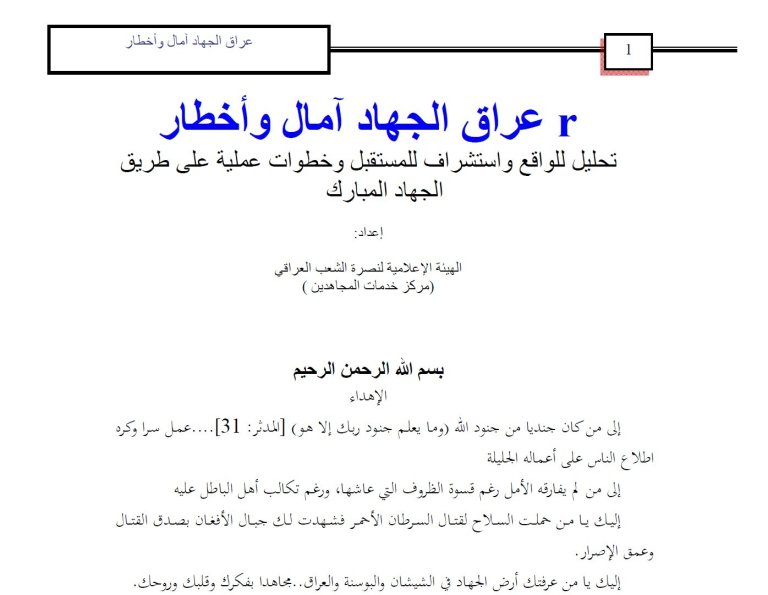
The document does not mention attacks on Spanish soil and it does not state how attacks are to be carried out. However, around the same time as Jihadist Iraq, another document was published, titled A message to the Spanish people, on the same Internet forum.
This document hints at attacks against Spanish interests outside of Iraq. Both documents were signed by the Media Committee for the Victory of the Iraqi People, at the time, a relatively unknown group.
When the attack in Madrid was carried out, there were three days remaining before the Spanish election. The Spanish Socialist Workers' Party went on to win the election. Already in May 2004, the last of the 1400 Spanish soldiers had departed from Iraq.
Unexpected attention
One of the first things the FFI researchers did on 11 March was to fax the document to the Spanish police. Today, Thomas Hegghammer cannot recall exactly how the media got wind of the information they had.
“We did not issue a press release, to put it that way. There was probably a general enquiry about the attack in Madrid. I was chatting a bit with the journalist about the document that I was reading at the time and things quickly snowballed.
The Norwegian terrorism researchers had managed to combine first-hand communication with pushing the boundaries of research.
Aslak Nore, author and journalist, Verdens Gang (VG) newspaper, 7 April 2016
Journalist Hallvard Sandberg and the Norwegian Public Broadcaster, NRK, were among the first to publish stories about the document on the Dagsrevyen evening news programe on 12 March.
The interview with Lia and Hegghammer was disseminated to a number of channels internationally. BBC Panorama interviewed Hegghammer live outside the FFI premises at Kjeller. The FFI researchers were later interviewed by, among others, CBS, Washington Post, Time Magazine, der Spiegel and the Financial Times.
“It suddenly completely kicked off. I was quite surprised about how much interest there was. It was the first time we experienced such interest and attention surrounding our research,” explains Lia.
A new type of Jihadist document
In some of the news articles that followed, the document was described as proof of al-Qaida’s connection to the attack. Lia and Hegghammer are not as certain.
“One should always be careful in linking anonymous texts such as this one with specific events. Especially when the text does not include specific statements about how the attack will be carried out. However, it is both possible and probable that the text served as ideological inspiration and guidance for those who carried out the terrorist attack in Madrid”, says Lia.
For Lia and Hegghammer, there were other aspects of the document that piqued their academic interest. They published a peer reviewed article about this later that year.
The fact that the document proposed exploiting the political calendar for Jihad was something entirely new.
“The fact that such a strategic document existed, disproved the belief that al-Qaida’s terrorism was solely driven by a desire for revenge or a to fulfil a ritual, religious purpose”, says Lia.
“The document was not very theological – there were few religious references – and instead, it showed a pragmatic worldview and a secular, academic analysis and argumentation. The document is more so strategic than tactical and operational.”
“Another important lesson was how important online documents can be for how the Jihadist movement operates. At the time, many researchers probably assumed that online documents were just hot air – that there was nothing exciting or useful to be found on the internet. This document was not just propaganda – it showed a connection between what they said and the real world. The value of studying Jihadist websites was given a boost”, says Lia.
The terrorism researchers:
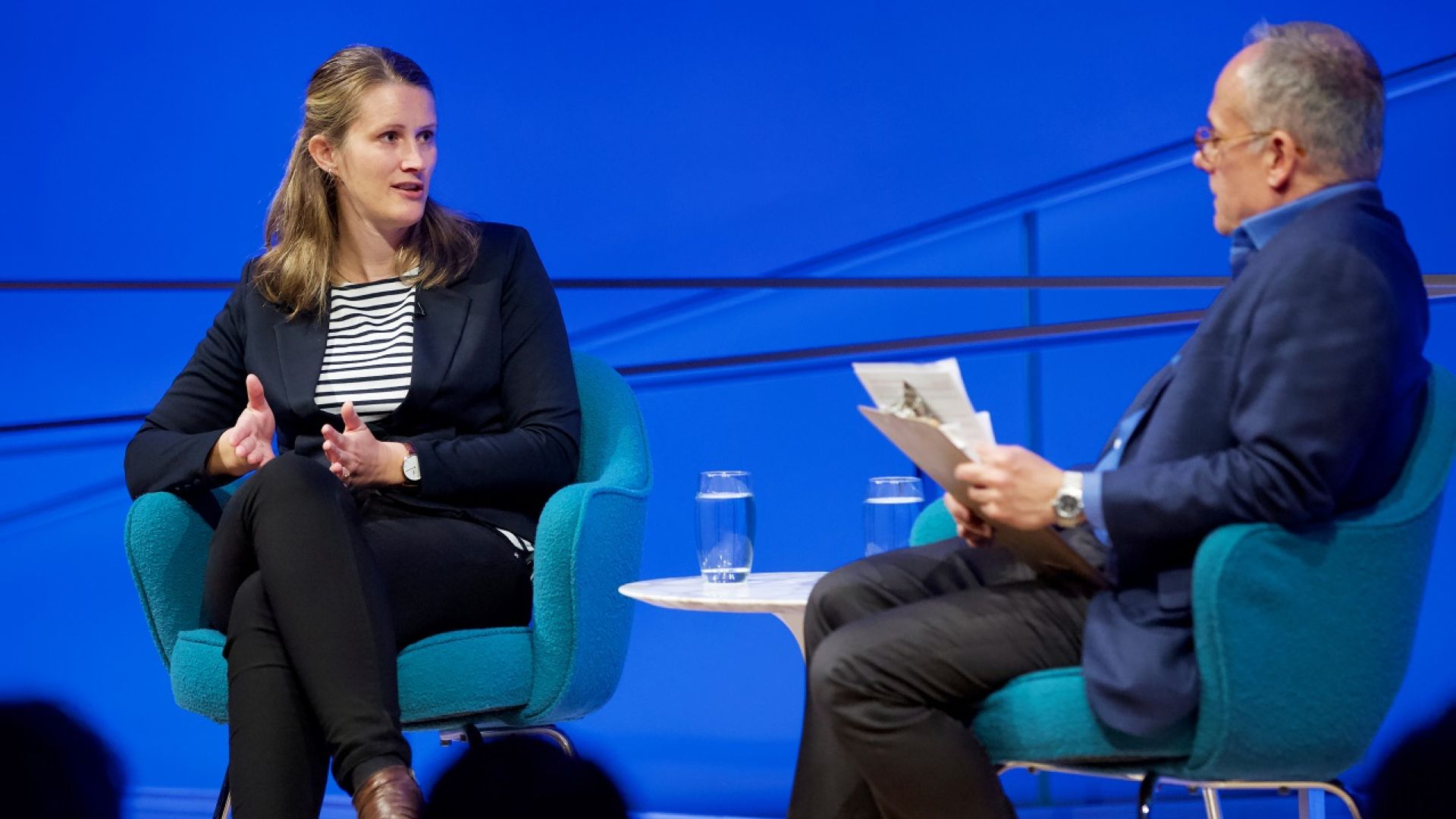
Anne Likuski
Age: 43
Subjects: History and Middle East studies
Educated at: University of Oslo
Main areas of work: militant Islamism, focusing on al-Qaida, Taliban and CBRNE terrorism (chemical, biological, radiological, nuclear and explosives).
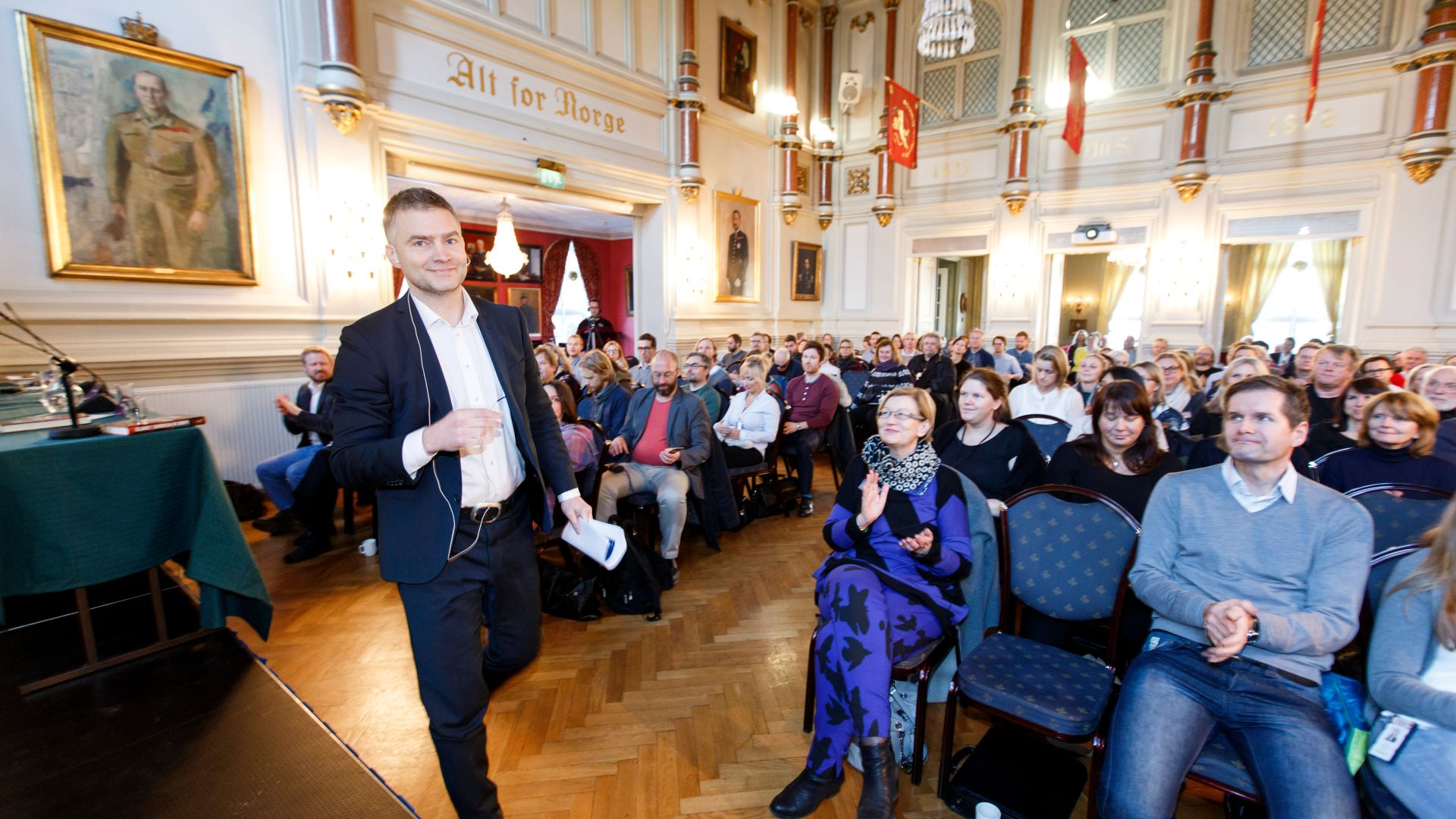
Petter Nesser
Age: 48
Subjects: Political science, history and Arabic language
Educated at: University of Oslo
“I work a lot on gathering and systematising data on Jihadist terrorism in Europe. This also encompasses in-depth studies of how terrorist cells are formed and what drives the terrorists (radicalisation). I have also worked on terrorist activities in the Middle East and am currently working on right-wing extremism in Europe. I also teach security management at the BI Norwegian Business School.
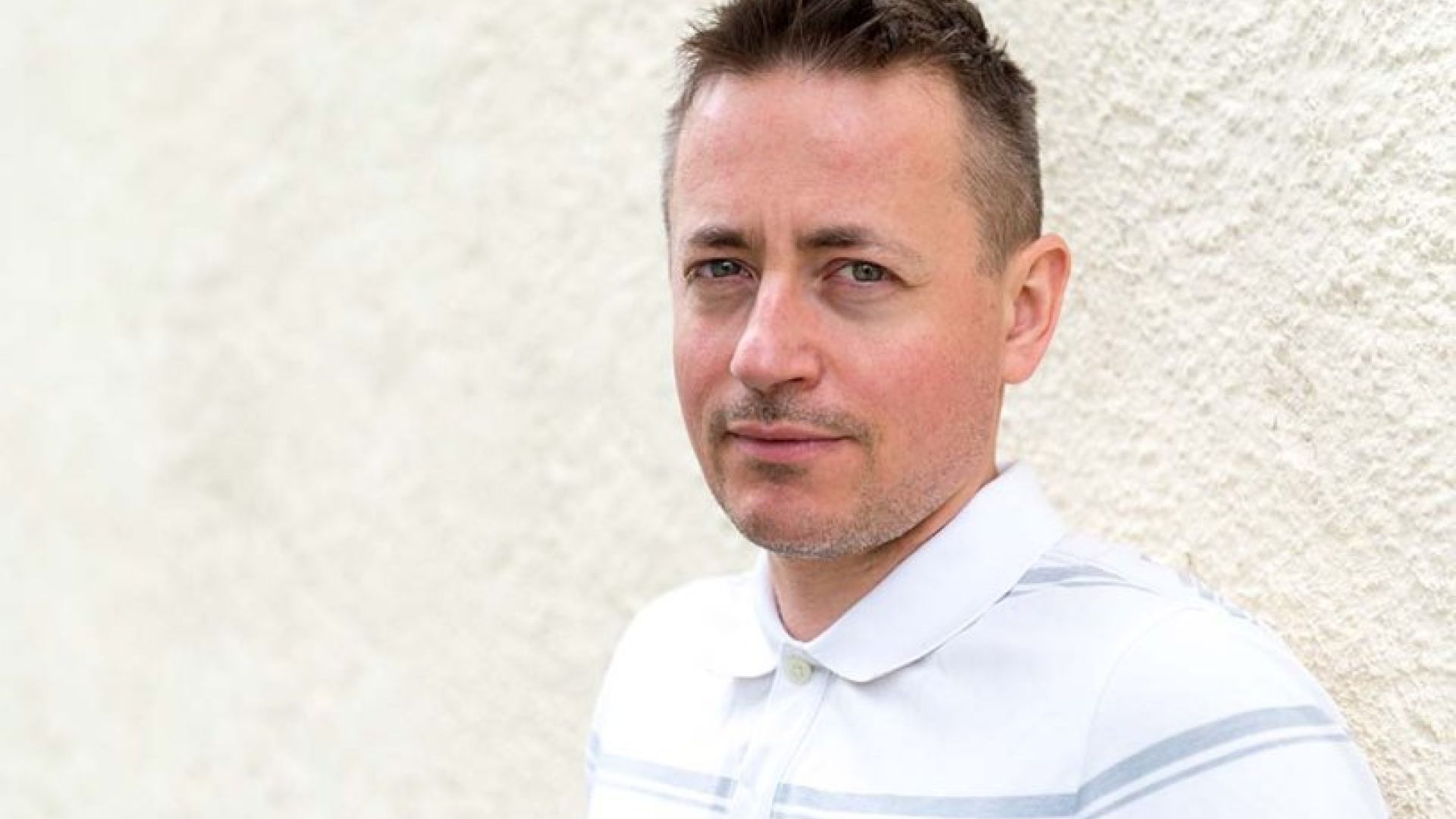
Thomas Hegghammer
Age: 44
Subjects: History and political science
Educated at: University of Oxford and Sciences Po Paris
Main areas of work: history of Jihadism, Jihadist ideology and propaganda, digital humanities.
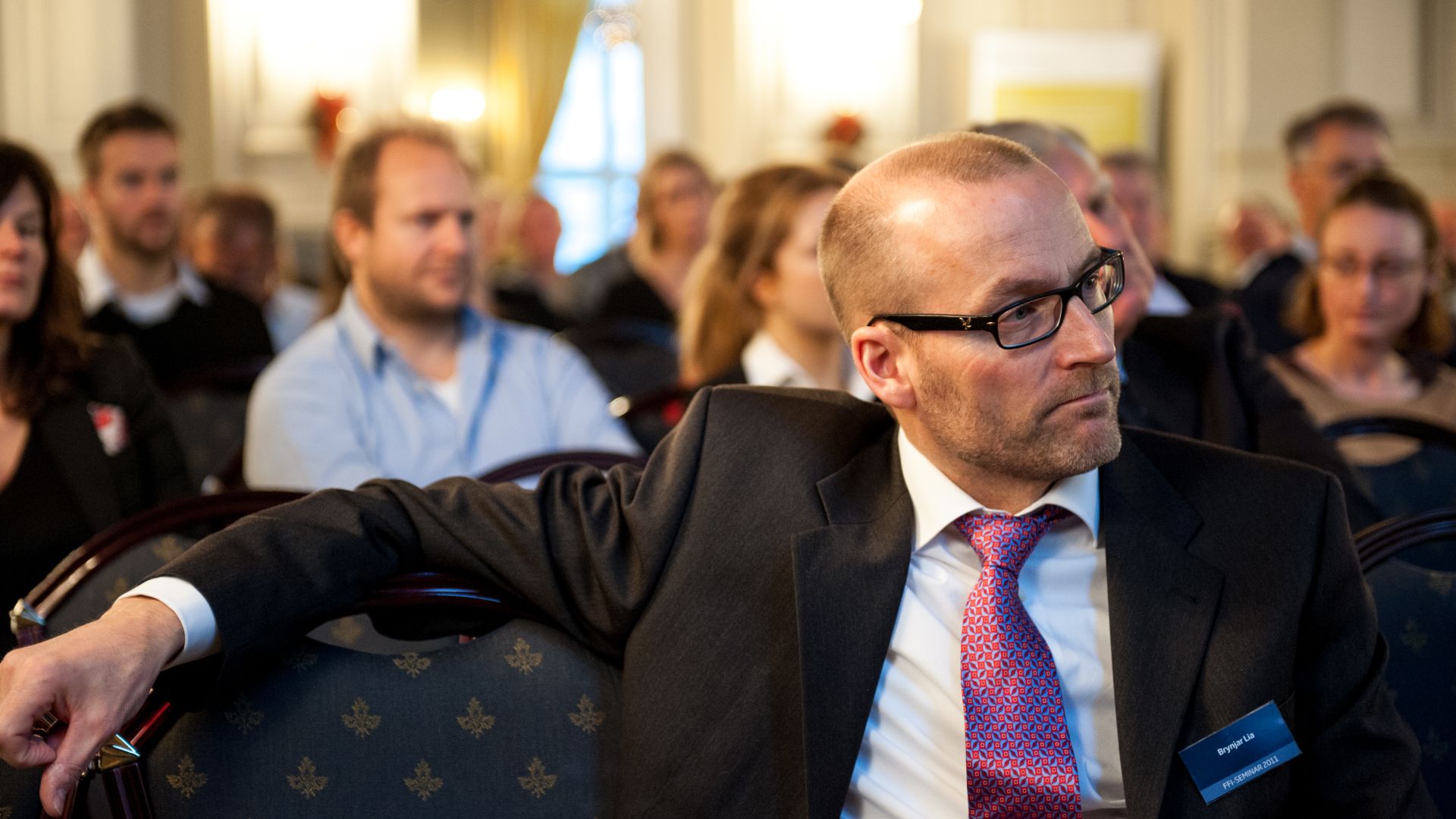
Brynjar Lia
Age: 55
Subjects: History, Arabic language, Russian language and Middle East studies
Educated at: University of Oslo Currently a Professor at the Department of Culture Studies and Oriental Languages but has a part-time position at FFI.
“Since the late 1990s, my research interests have mainly encompassed Jihadism and militant Islamist movements. I have also researched Islamism in Egypt and Palestinian politics and state building. I recent years, I have researched the Jihadist movement’s views of states and territories.”
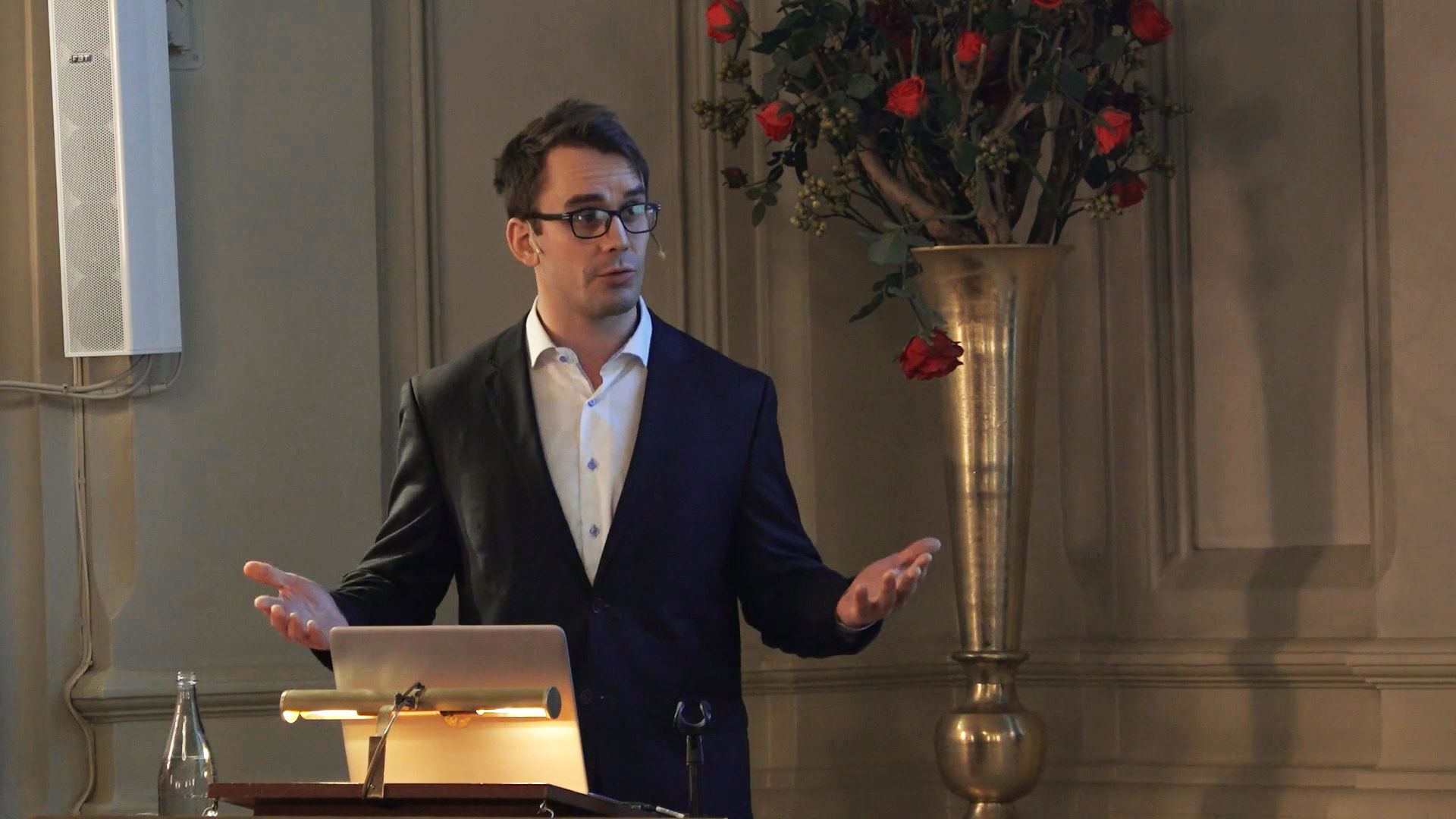
Vidar B. Skretting
Age: 30
Subjects: Middle East studies with Arabic and Persian languages
Educated at: University of Oxford (BA, MPhil)
“I am currently undertaking a PhD on Jihadism in the Sahel region (Mali, Niger and Burkina Faso). In particular, I am focusing on how Jihadist groups have managed to spread and recruit so rapidly in this region and the relationship between local groups in the Sahel and transnational networks such as al-Qaida and IS.”
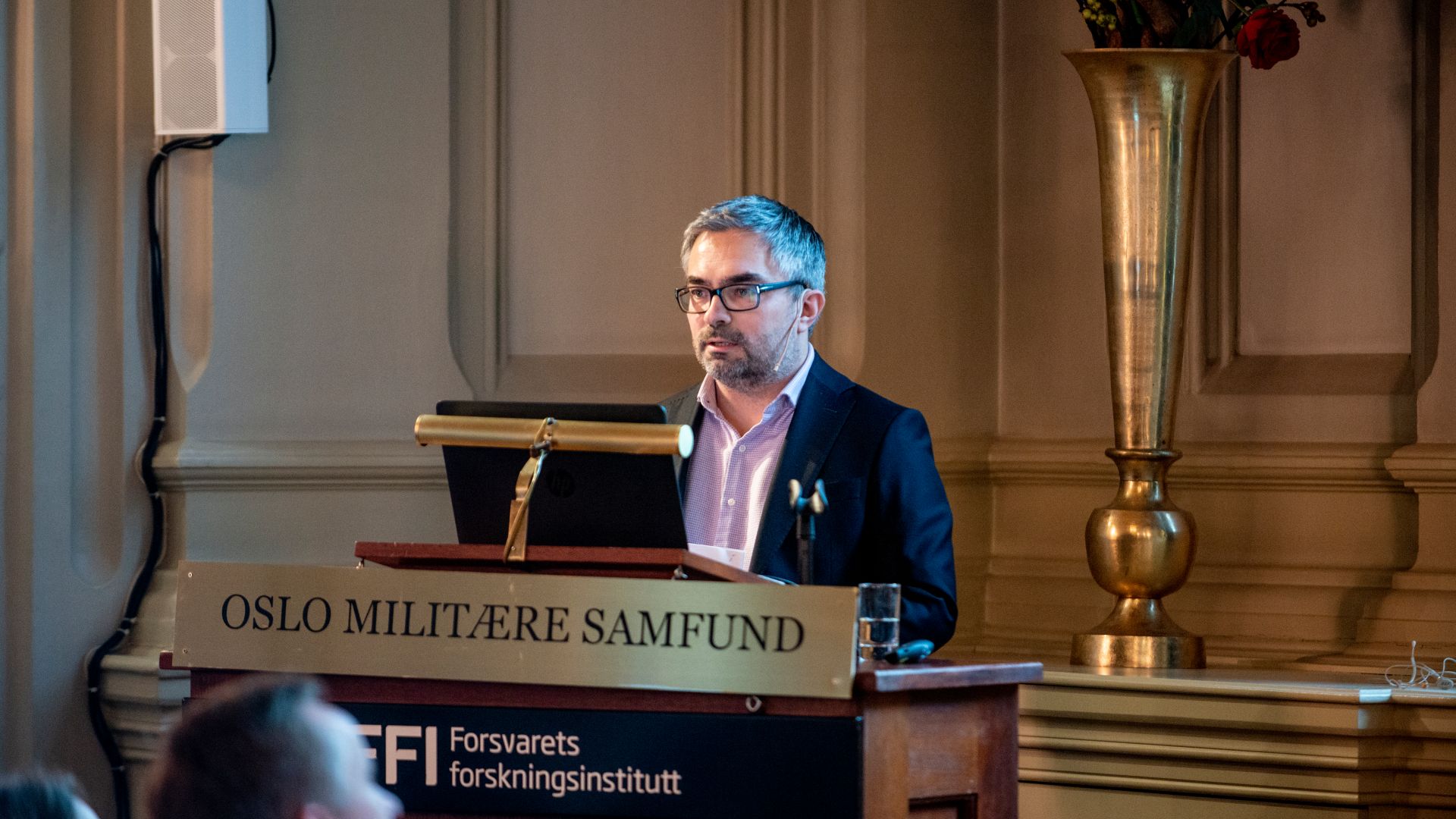
Truls Hallberg Tønnessen
Age: 46
Subjects: History, Arabic language and Middle East knowledge
Educated at: University of Oslo
“Currently, I am the Director of Research for the Terra Project, which occupies most of my time. Academically, I have in particular researched the conflicts in Iraq and Syria. My doctoral dissertation concerned al-Qaida in Iraq, the precursor to IS/ISIL. I have also researched terrorism and technology, terrorism against aircraft and against the maritime sector.
Prescient
The history of terrorism research at FFI began in 1999. The prescient Director of Research and Head of Department, Ragnvald Solstrand at FFI’s Department of System Analyses took the initiative. The background was the recognition that non-state terrorist groups were becoming a key security challenge with which the Norwegian Armed Forces had relate.
The project was given the name Terra (terrorism and asymmetric warfare). In the beginning, the group looked at many different terrorist groups, the underlying causes of terrorism and various forms of action.
Following 9/11 and the attacks against the United States, the research became more specialised in relation to Islamist networks that operated across national boundaries – mainly groups with connections to al-Qaida.
The Norwegian Government had decided that Norway would contribute to the war on terror in Afghanistan. The Norwegian Armed Forces required more knowledge about the threat actors Norwegian forces might encounter during international operations.
Places, lives and scents
Currently, the Terra researchers are examining the histories, tactics, modus operandi, ideologies, strategies, media practices, radicalisation processes and recruitment of terrorist groups. The research is based on publicly available and open sources.
The project has established itself as a small but leading academic community. The researchers collaborate with academic communities and institutions in a number of countries and are used as expert witnesses in hearings in the U.S. Congress, the United Nations and the British Parliament. They are also behind a number of internationally renowned books on Jihad and al-Qaida published by prestigious international university presses.
For Thomas Hegghammer, fieldwork is an important part of the research.
“You can’t just sit online and gather propaganda. If you do not know where these groups are located, how they look, how they smell and how they live, you will never truly understand the texts”, says Hegghammer.
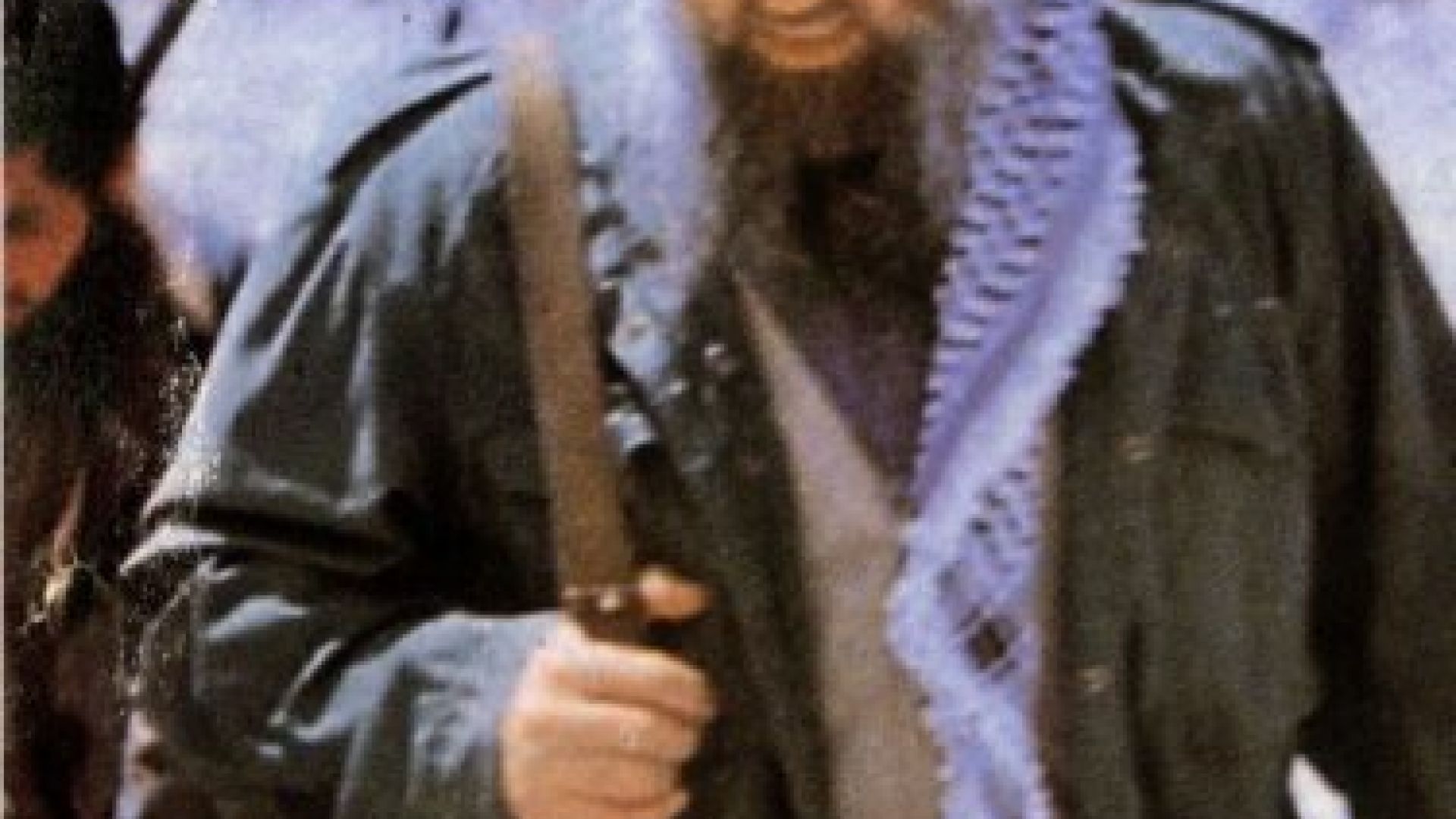
In 2020, Thomas Hegghammer released The Caravan, the first in-depth biography about Abdallah Azzam, also known as the godfather of Jihadism.
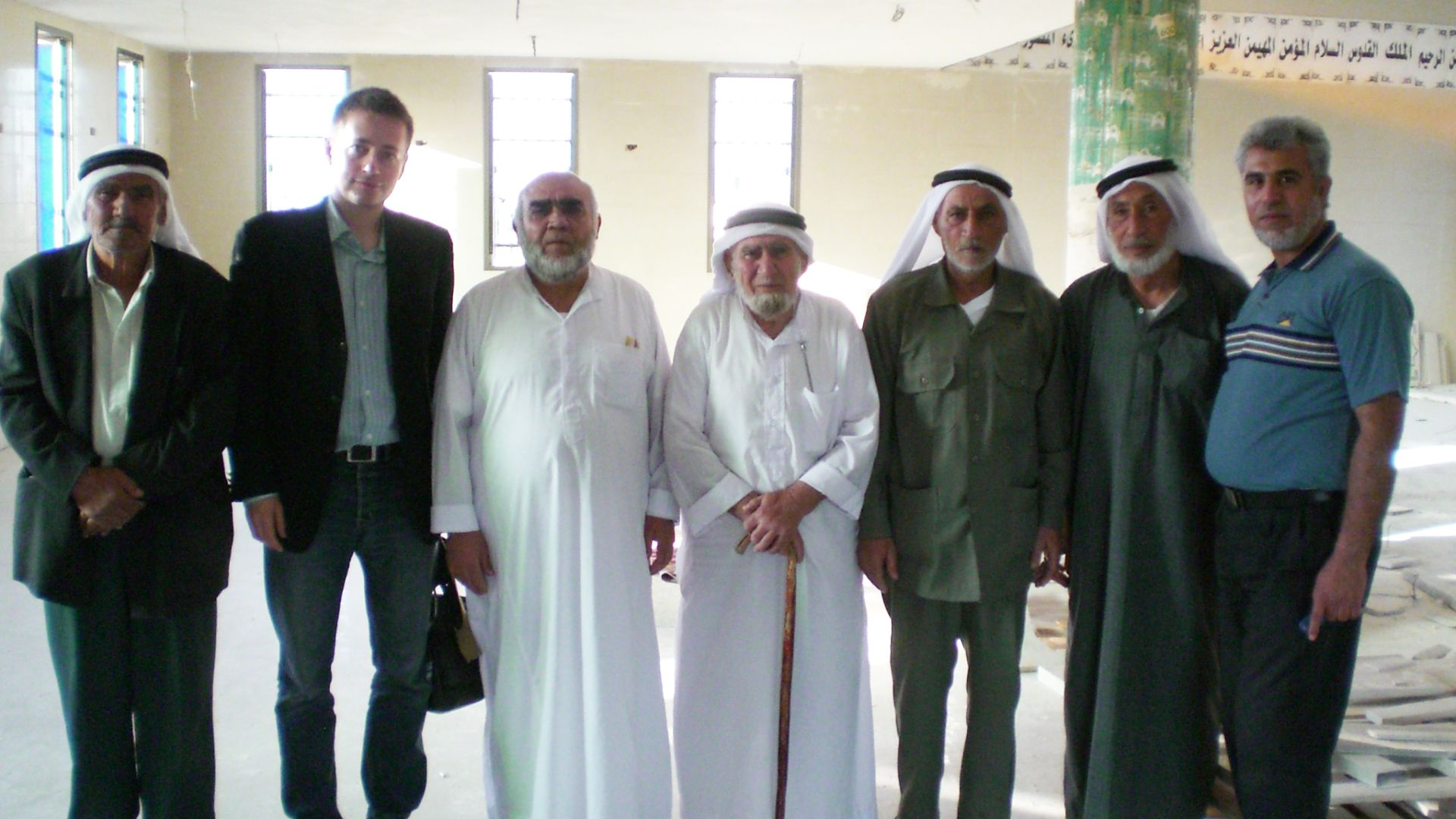
The hunt for sources brought him to the places where Azzam had lived and the people Azzam had known.
In 2008, Thomas visited the Abdallah Azzam Mosque in al-Sila al-Harithiyya on the West Bank. In the centre is Abd al-Qadir Azzam (Abdallah’s brother).
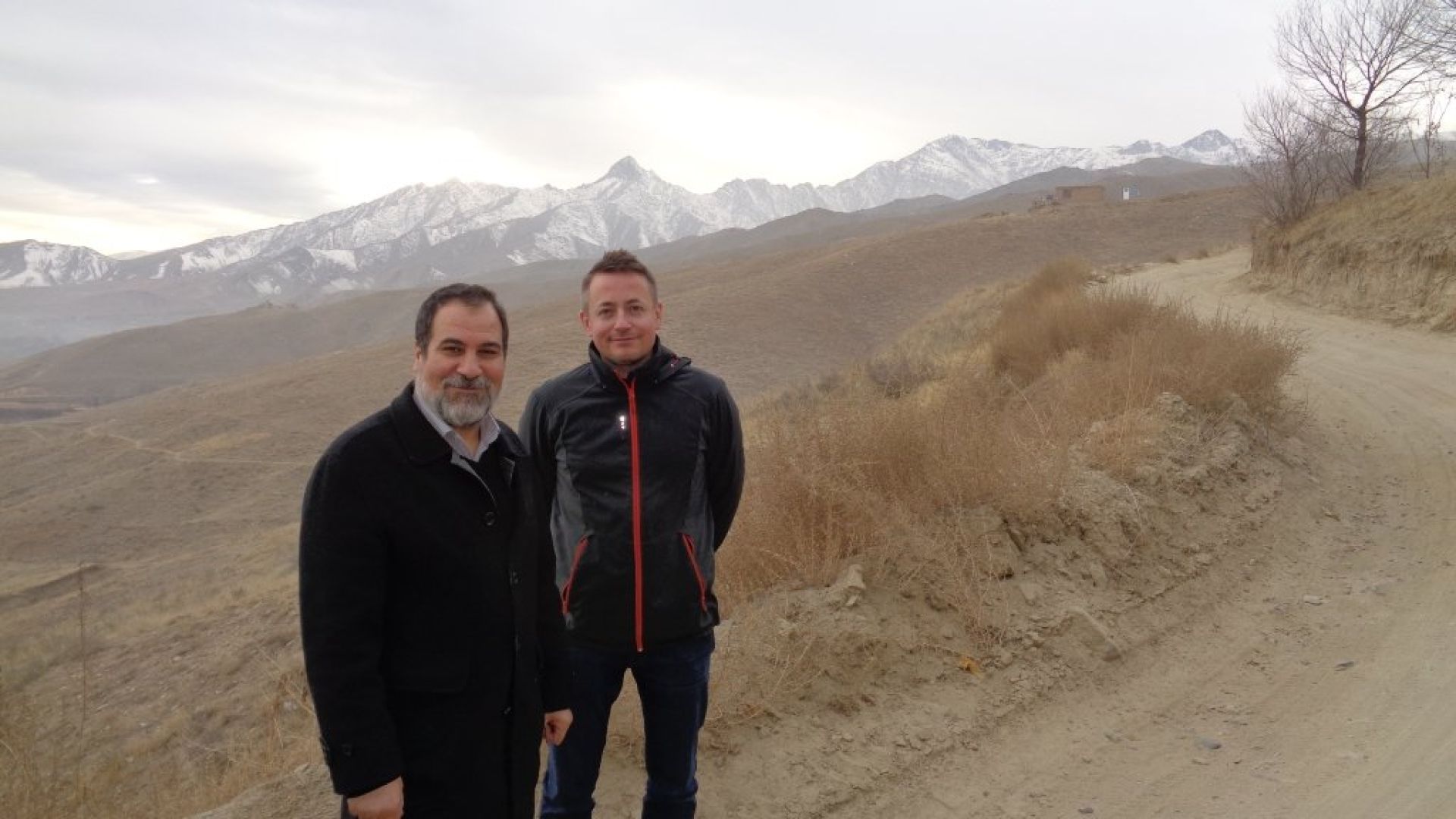
Here is Thomas together with Abdallah Anas (Azzam’s son-in-law) in Paghman, Afghanistan in 2017.
“Azzam’s family was extremely generous in sharing time and knowledge, even though they knew I would not be depicting him as a saint”, says Thomas Hegghammer.
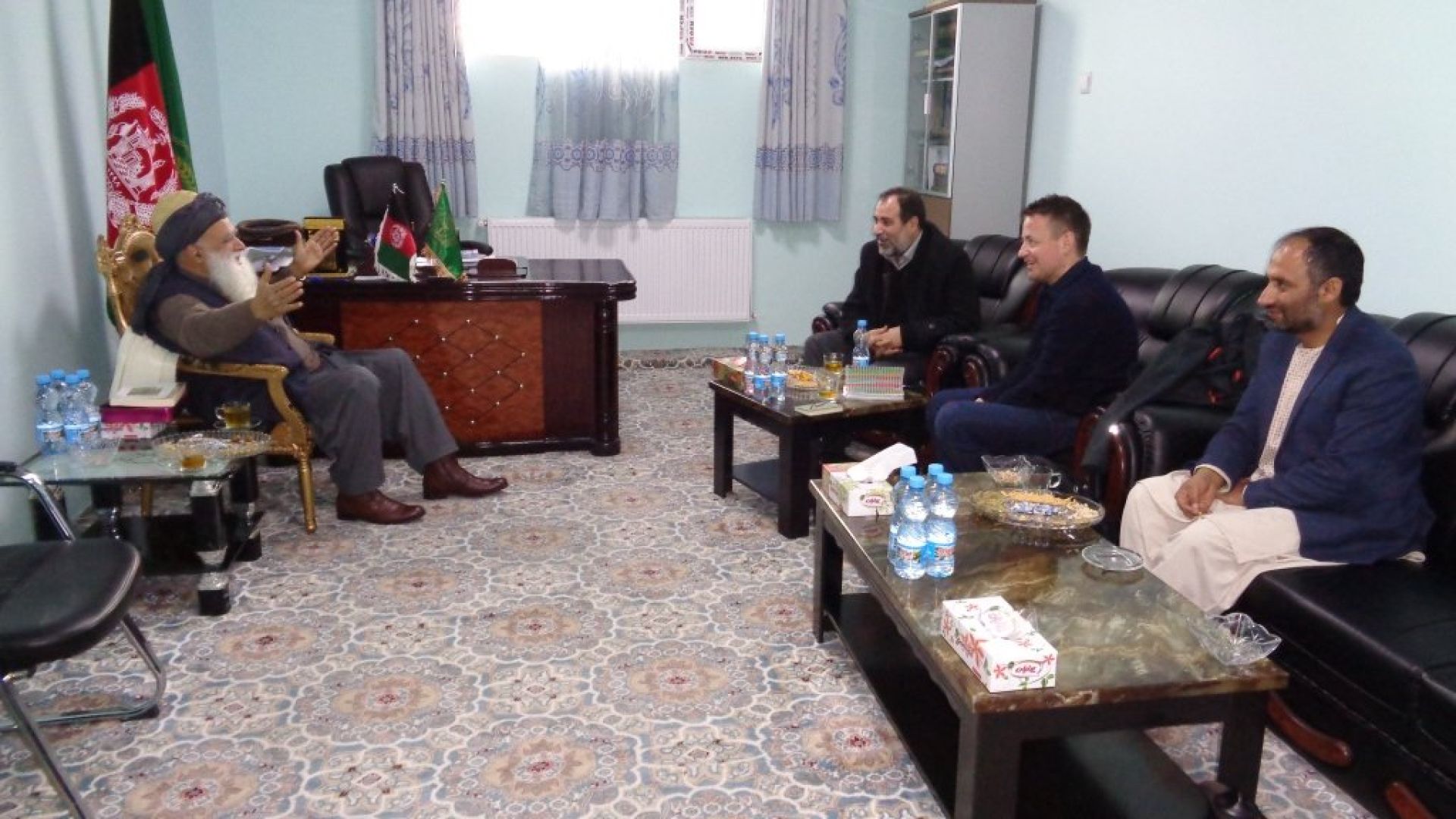
The son-in-law assisted in arranging meetings with important sources. Here, Thomas is interviewing Abd Rabb al-Rasul Sayyaf in Paghman, Afghanistan in 2017.
However, there were never any face-to-face meetings with active Jihadists.
“That actually became impossible from around 2000. In the past, they needed researchers and journalists to communicate their messages. With the arrival of the Internet, we became a bit superfluous. Then they could start killing us. You could probably go to Syria and make contact with a few smaller radical groups. A white, non-Muslim researcher would never be allowed into IS as an observer. So, we have to speak with former Jihadists instead”.
Remains important to follow
Today, Norway and the international forces have left Afghanistan. However, Director of Research Truls H. Tønnessen believes it continues to be important for Norway and the Norwegian Armed Forces to have a community that keeps abreast of Jihadist groups.
“Norway continues to be part of the international coalition against ISIL (The Islamic State in Iraq and the Levant) and makes military contributions internationally both in the Middle East and the Sahel region. Groups such as ISIL and al-Qaida are weaker than they were in 2014–2016 but they are far from gone and continue to pose an international terrorist threat”, says Tønnessen.
“The Jihadist movement is international and the networks transcend national boundaries. This entails that even internal conflicts, where Norway, in principle, plays no role, may have major security impacts for Norway and Norwegian interests abroad.
The conflict in Syria is one such example”, Tønnessen believes. There, a historic high number of foreign fighters with connections to Norway and the surrounding region joined groups including ISIL and al-Qaida.
“Therefore, it is also important to follow the development in conflicts where Norway, in principle, are not present, but which may impact the threat of terrorism and international security in the long term.
In order to achieve the best possible knowledge of actors and understanding of the development of Jihadist-motivated terrorism, it is important to know the history and to have continuity in research”, Tønnessen believes.
“To date, history has shown that the threat of Islamist terrorism goes in waves, where the crests have become higher on each occasion. It is not certain that this negative development will continue but it shows that it is especially important to study the movement when it appears to be weakened, in order to be as prepared as possible for a new wave.
Artificial intelligence used in the hunt for sources
In a new project, FFI is looking at technological trends and how it might be envisaged that non-state actors use new technologies in the future.
“It is far from given that tomorrow’s threat actors are the same as yesterday’s actors. The threat of terrorism develops in step with society. Major technological changes have occurred which have already impacted this threat. The growth of digital sub-cultures, echo chambers and anti-state conspiracy theories which often transcend ideologies, is one of several examples”, Tønnessen believes.
The technological development also makes it more ‘complicated’ for terrorism researchers to do their job. Among other things, it has become more difficult to find primary sources than it was in 2004.
“The source materials still exist but they are spread across myriad apps and social media and are not gathered on a single platform in the manner they used to be. Furthermore, Jihadist materials, in particular, are taken down very quickly. Significantly better computer technology expertise is required in order to best utilise the existing source materials.
In recent years, researchers have utilised more advanced digital methods. Together with the machine learning environment at FFI, they have developed new techniques for extracting Arabic text from images and finding information about terrorist plots in media sources. They are also working on using artificial intelligence in the analysis of propaganda videos and images.
